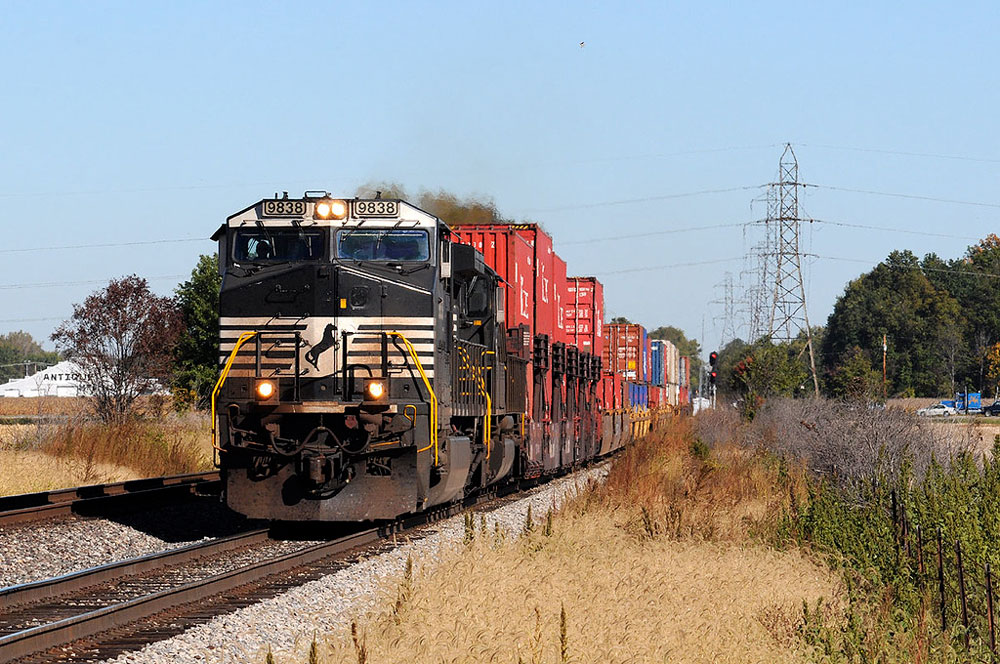
Not many people get the opportunity to shape the history of a railroad and leave their fingerprints on its system map. But retired Norfolk Southern transportation planner Louis M. Newton, who died Friday at the age of 94, was among this elite group.
Newton put his stamp on Norfolk & Western with a move that would later become crucial for Norfolk Southern.
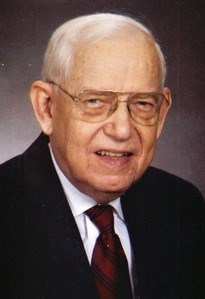
Back in 1976, N&W was looking to shave mileage off its roundabout route between Roanoke, Va., and Decatur, Ill., via Bellevue, Ohio. The efficiency-minded Newton proposed that N&W acquire the former Pennsylvania Railroad branch line from Cincinnati to New Castle, Ind., where it connected with N&W’s former Lake Erie and Western branch north to Muncie, Ind. At Muncie, trains could head west on the former Nickel Plate to reach the former Wabash and, ultimately, Decatur.
The shortcut would save 130 miles, yet this was not an easy proposal to sell. For one thing, many N&W managers at the railroad’s headquarters in Roanoke were focused on coal and weren’t particularly interested in the former Wabash and Nickel Plate territory and its carload traffic. For another, the U.S. Railway Association, which was creating Conrail at the time, frowned on railroads that sought to expand by taking pieces of the Penn Central carcass to increase their market reach. And in the mid-1970s — when there were too many railroads with too much track chasing too little traffic — the thought of adding miles was unconventional, to say the least.
Newton’s idea prevailed, though, and N&W spent $25 million to buy the PRR line and upgrade it and the LE&W from 10-mph branches to main lines complete with sidings and centralized traffic control. By 1978, N&W was running traffic via what it calls the New Castle District.
A Crucial Link in NS Chicago-Atlanta Corridor
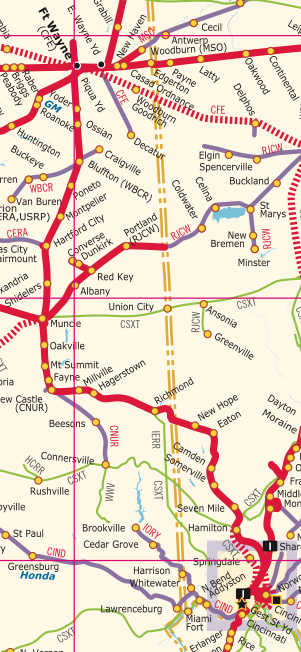
Four years later, marrying the ex-PRR and ex-LE&W branches between Cincy and Muncie took on increased significance when N&W and Southern were contemplating merger. The Southern had long sought a route to Chicago — and it would finally get one via Newton’s shortcut.
First, though, N&W would spend $18.5 million to upgrade the 87-mile former LE&W between Muncie and Fort Wayne, Ind., much of which had not seen a train in years. By the time of the June 1, 1982, N&W-Southern merger, the route — Chicago-Fort Wayne-Muncie-New Castle-Cincy — had been transformed into a key segment of Norfolk Southern’s Chicago-Atlanta corridor.
Today, NS sends 14 scheduled trains per day, plus unit trains, over the 178.1-mile New Castle District between Fort Wayne and the outskirts of Cincinnati. And it all can be traced back to Newton’s recommendation to create a more direct Roanoke-Decatur route.
William C. Wooldridge, who retired as NS vice president of law, credits Newton for pushing his plan at N&W headquarters in Roanoke. “N&W was not in an expansive mood; it was difficult to sell investments of this type; and one school of thought held that traffic should be concentrated on the Sandusky line to achieve density economies,” Wooldridge wrote in a 1987 memo. “The strength of Louis’ analysis prevailed over this inertia — and a good thing it did, or there would be no Norfolk Southern, or a greatly handicapped Norfolk Southern.”

Bill Schafer, a retired NS strategic planner, agrees with Wooldridge’s assessment. “Louis was swimming upstream in pushing for the New Castle branch purchase,” he says, noting that Roanoke people sent off to Nickel Plate and Wabash outposts often viewed the assignments as an exile.
Schafer says Newton was a forceful advocate for his ideas yet was not one to toot his own horn. When I interviewed Newton in 1997 about the acquisition of what became the New Castle District, he said simply: “That was a pretty good move to make.” Indeed.
You can reach Bill Stephens at bybillstephens@gmail.com and follow him on Twitter @bybillstephens







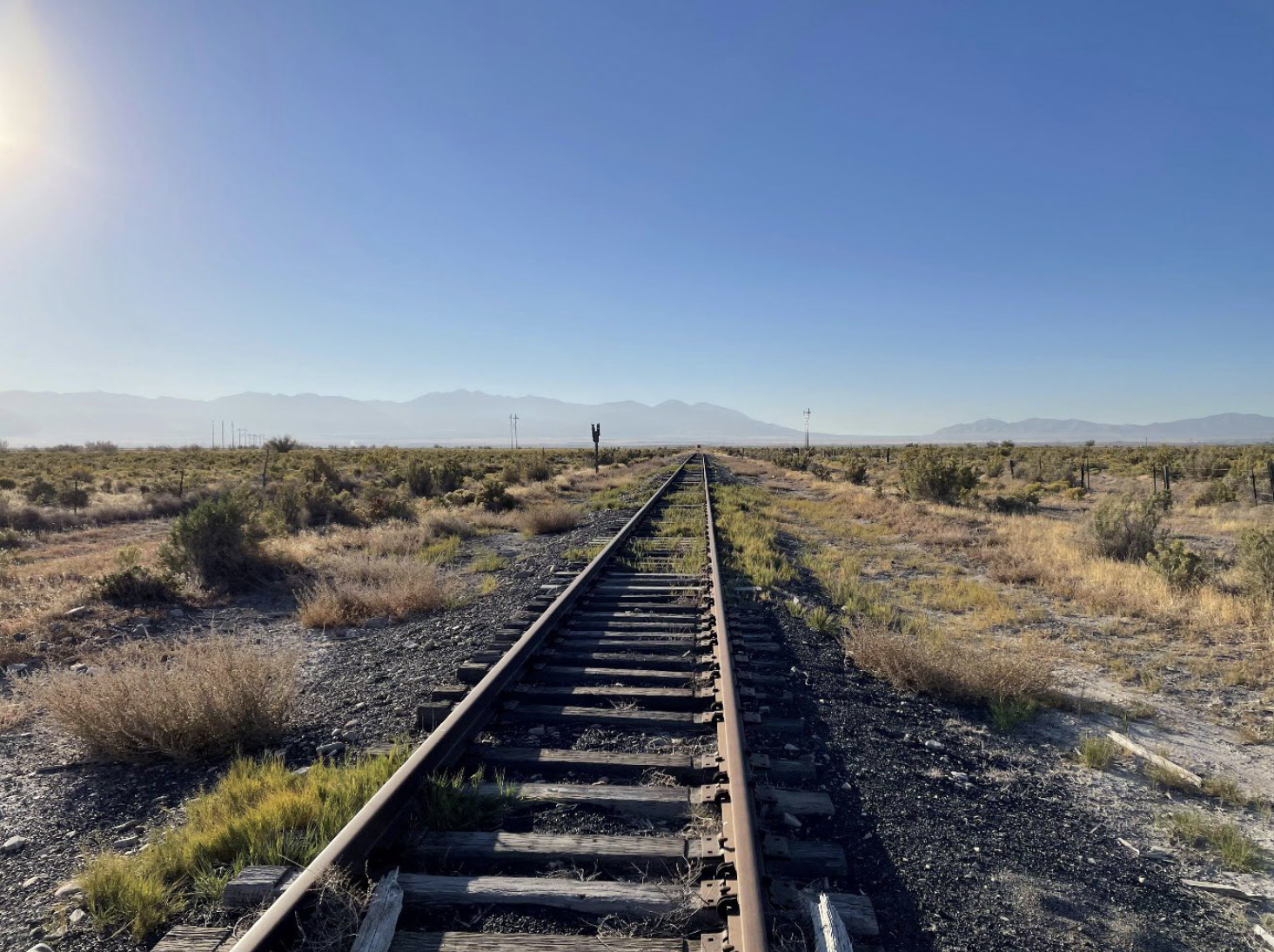
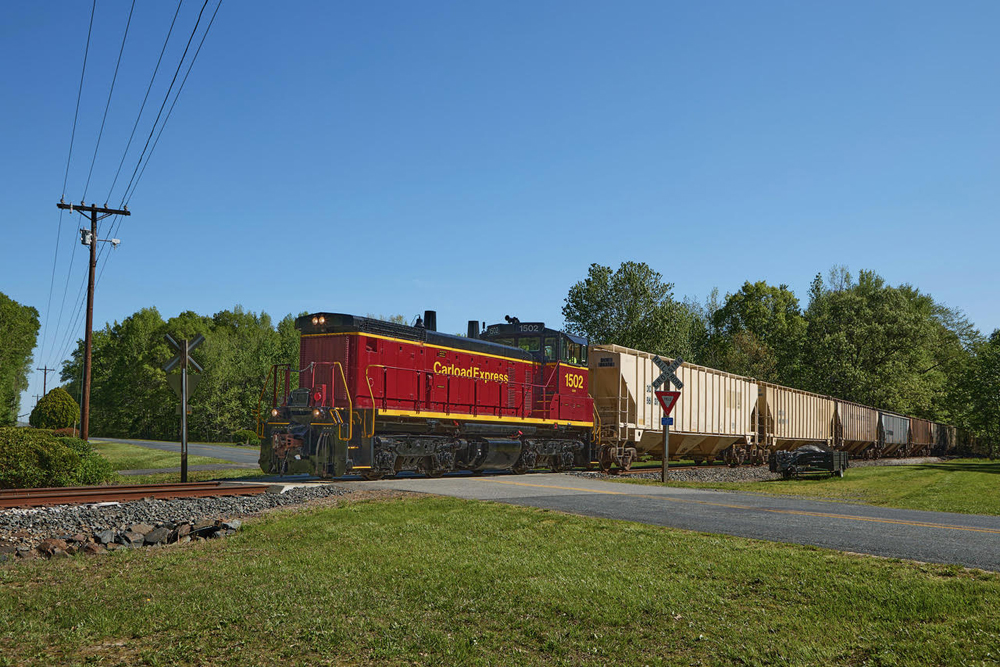
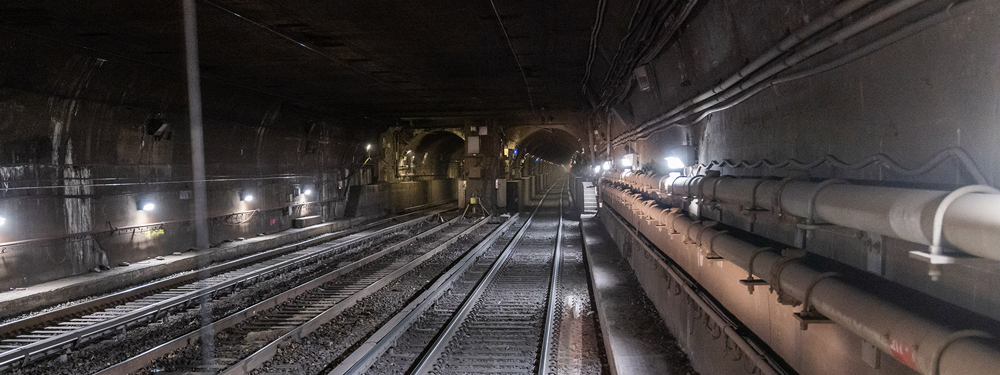




With coal dwindling as a major shipping commodity, Norfolk and Western would be wise to expand in order to attract new shippers. It can no longer be dependent on coal as a major revenue source. Merging with Southern Railway to form Norfolk Southern is part of N&W’s salvation. The former Clinchfield line of CSX is now only infrequently used.